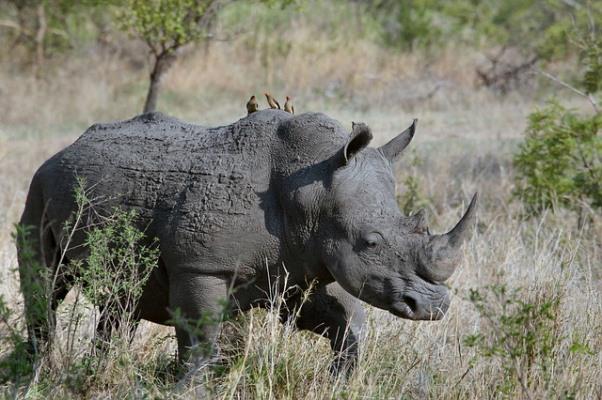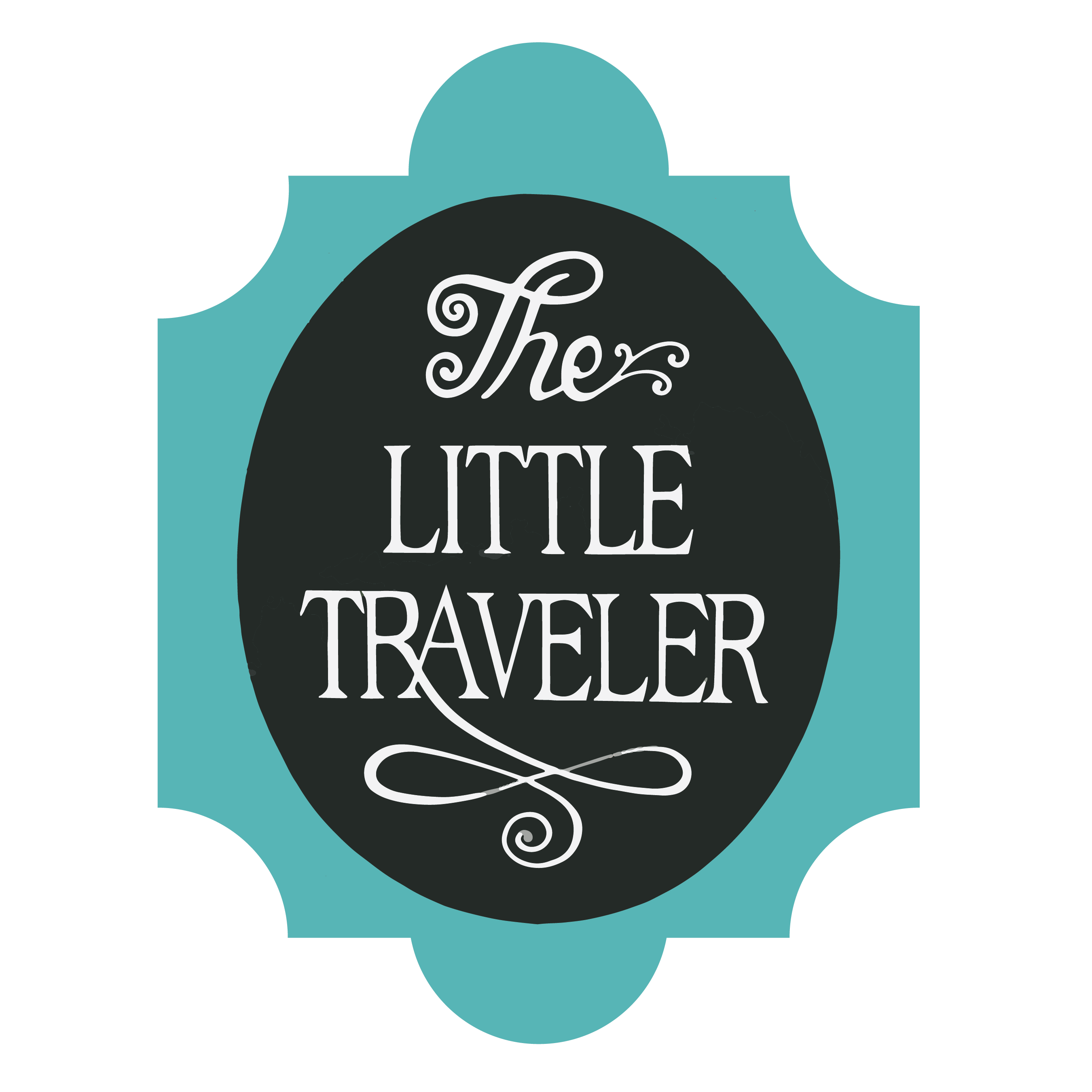As we perused our beautiful collection of giftware for little ones and parents-to-be in our Gift Galleries, we got to thinking...how did these traditions—like the tooth fairy and birthday candles—get started? We put our internet detectives on it. Here's what they learned.
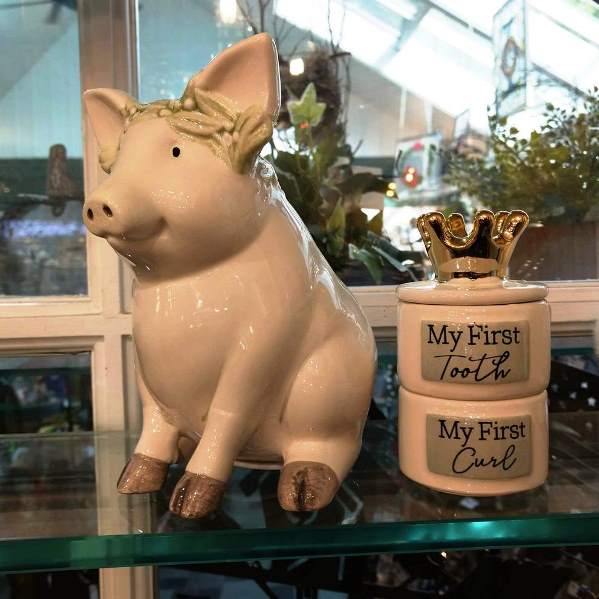
A treasure trove of unique gifts for babies and parents-to-be in our Gift Gallery
Origin of the Tooth Fairy
So, your child has lost a tooth. Seems only natural to invite a flying stranger into your home to give your child money in exchange for the discarded dental tissue, right? Or...does that suddenly sound like the most bizarre practice in the world? Why do we do that??
The earliest mention of a fairy who leaves a little something in exchange for a lost tooth appeared in a 1908 issue of the Chicago Daily Tribune. Therein it was suggested in "Household Hints" that mothers pay a visit to the 5-cent counter at their local drugstore to buy small gifts to leave in place of the removed tooth.
But where did that advice columnist get the idea? Perhaps that line of thought stretches back to the earliest writings of Northern Europe, including the Norse Eddas. These texts contain mention of a tand-fé, which translates to "tooth fee." Vikings (Norse warriors), would pay for baby teeth to make into necklaces because they believed the teeth brought good luck in battle.
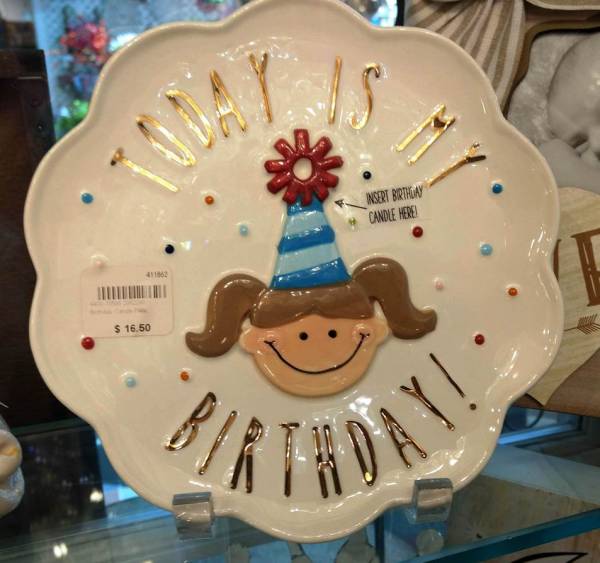
Stick a candle in the hat's pom-pom for a tradition they'll love.
Origin of Birthday Candles
Next time you blow out your birthday candles, you can probably thank the ancient Greeks. They often burned candles as offerings to their gods and goddesses. Tradition holds that they baked round cakes to symbolize the moon for their moon goddess, Artemis. A burning candle in the cake represented moonlight. The smoke was believed to carry prayers up to the gods, much like we make a wish before blowing out our birthday candles.
In the Middle Ages, Germany brought cakes to the birthday scene at Kinderfest celebrations for children. Scholars believe a candle was placed in the Kinderfest cake to represent "the light of life."
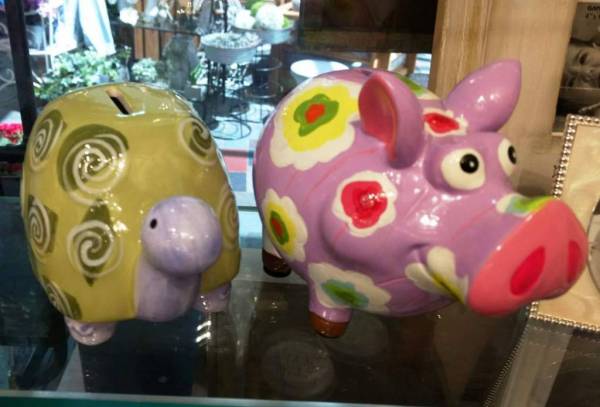
Banks - they're not just for piggies anymore.
Origin of Piggy Banks
Money boxes date all the way back to the 2nd century BC. The oldest Western money box was shaped like a Greek temple and found in the Greek colony of Priene. We know the practice held because money boxes have been excavated in many ancient Western cities, including Pompeii (buried under volcanic ash in 79 AD).
During the Middle Ages, metal was expensive, so people began making jars for storing money out of an inexpensive orange-colored clay called pygg in early-English Saxon. The similarity between pygg and "pig" undoubtedly led to pygg jars eventually taking swine-tastic forms as the language evolved. Yet the first known bank to actually be shaped like a pig was not from western soil.
Dating back to the 14th century, the oldest true piggy bank was made of terracotta in East Java, Indonesia. Since the banks needed to be broken in order to retrieve the money saved within, very few of these original Javanese piggy banks survive. At one point, a 650-year-old piggy bank went up for sale in Great Britain with an asking price of $10,000!
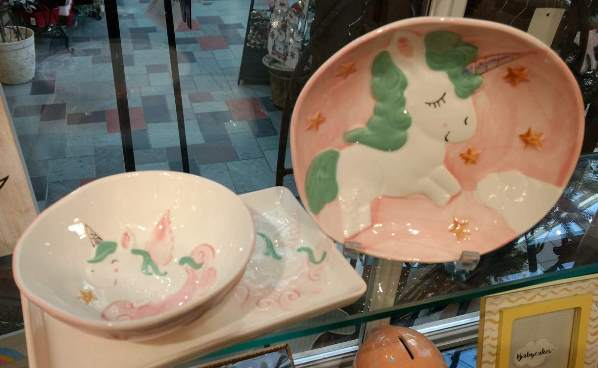
Put a little magic in their meals.
Origin of Unicorns
Unicorns appeared in Mesopotamian artworks dating all the way back to between 5000-3500 BC. The magical creatures are also referred to in ancient myths of India and China. In 400 BC, Greek historian Ctesias—that's right, historian, not fable-ist—described a one-horned creature that was fleet of foot and difficult to capture. Could it be unicorns actually did exist?
Well...no, probably not. Modern historians agree Ctesias had most likely described the Indian rhinoceros. The 2016 discovery of a well-preserved skull in Kazakhstan had the world abuzz about the "Giant Siberian Unicorn." Alas, this is simply a common name for Elasmotherium sibiricum, an extinct species of rhinos. Since we've already burst your bubble, we might as well tell you that even the very existence of a horn on this prehistoric beast is contested by some scientists.
It's ironic that something as beautiful as a unicorn was inspired by something so...um, less beautiful. But still, it's kind of cool to think that we have the Shrek of unicorns still walking this earth.

